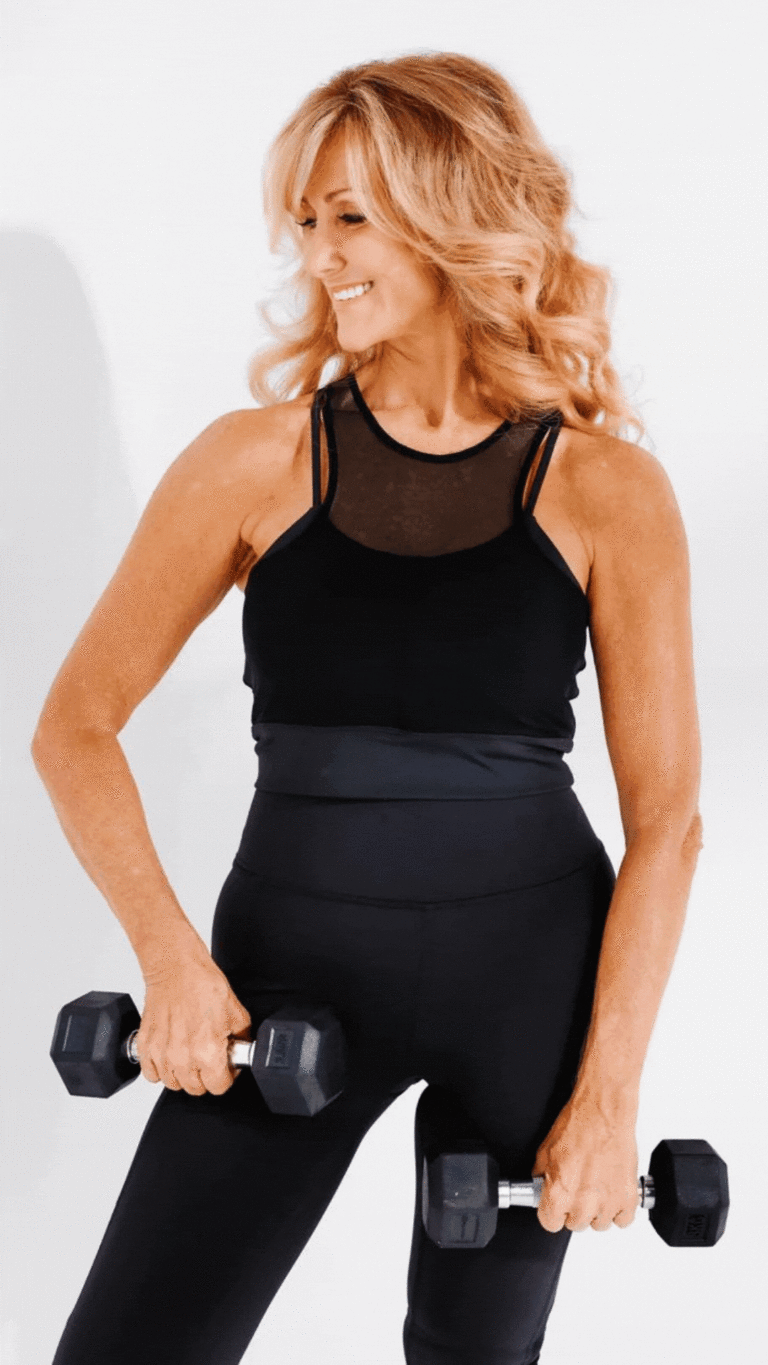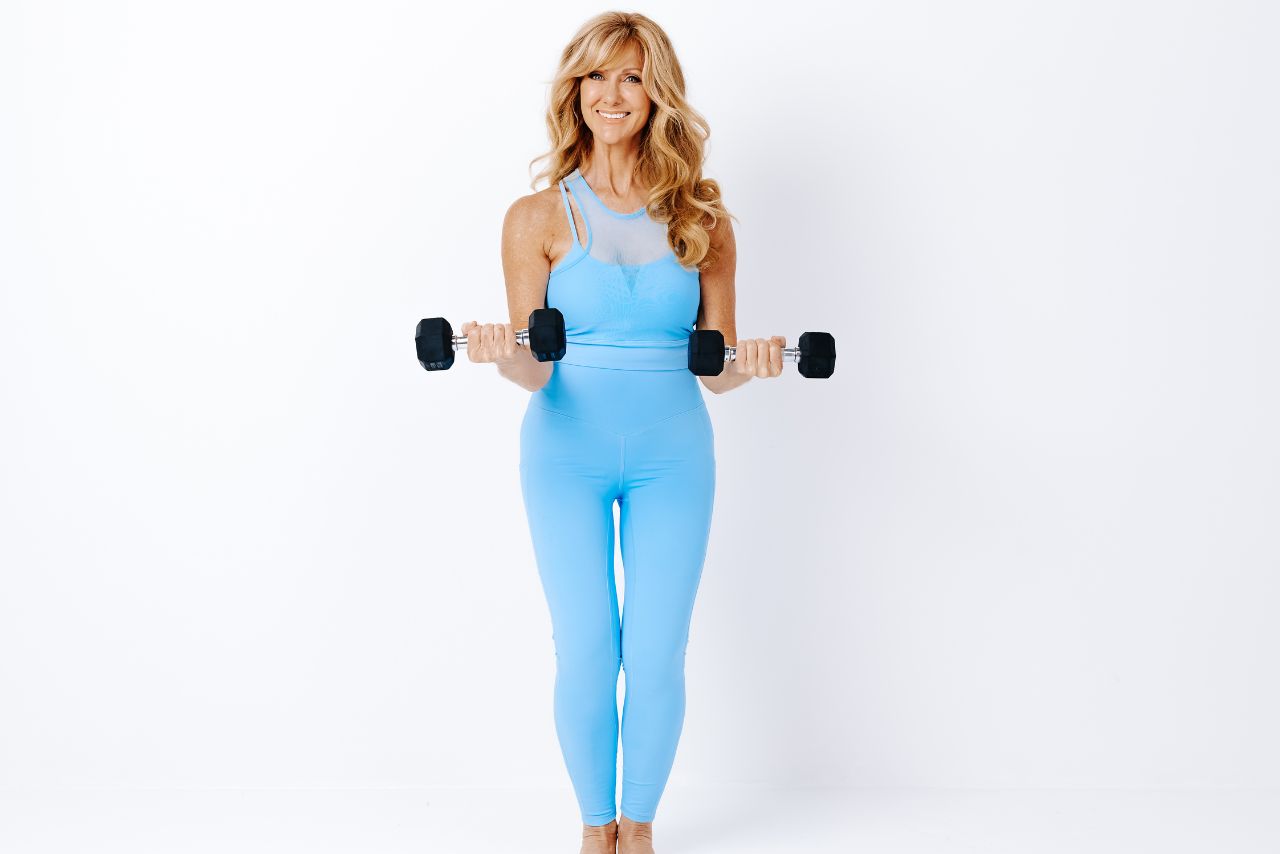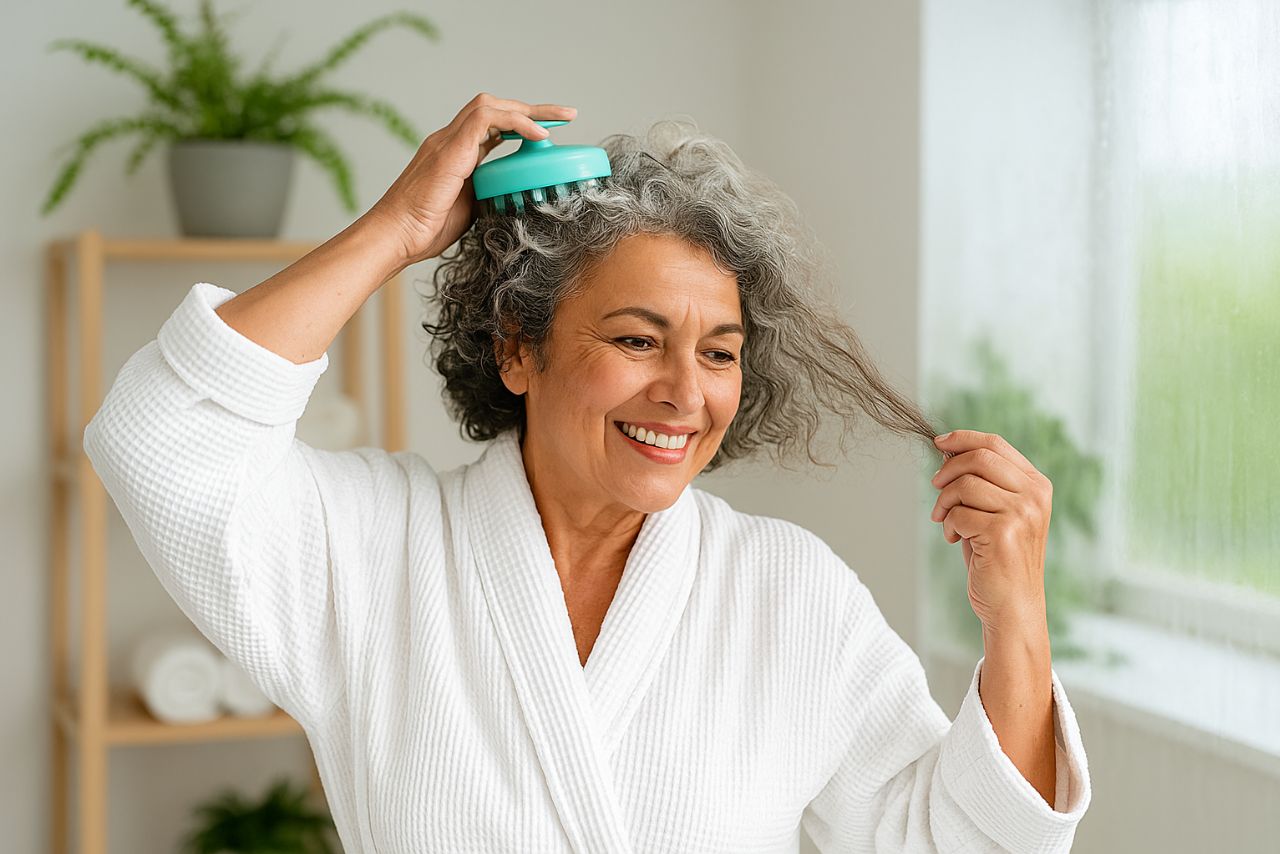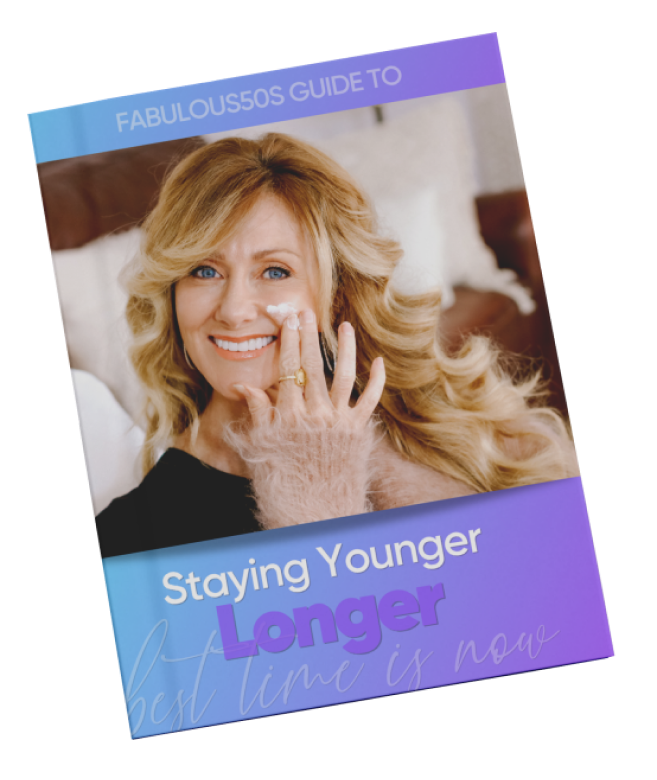Concealer is a versatile piece of makeup that can hide blemishes, dark circles, and other flaws on your face. It’s an important part of any makeup routine because it helps you get a smooth, even skin tone and a flawless face.
Whether you’re new to makeup or have been doing it for years, mastering the art of applying concealer can help you up your makeup game and bring out your natural beauty.
In this guide, you’ll learn everything you need to know about concealer makeup. You’ll learn how to choose the right concealer in our concealer makeup tutorial video. Find out how you can apply concealer flawlessly, concealer hacks for common makeup issues, and how to maintain your concealer makeup throughout the day. Get ready to master concealer makeup!
First, concealers aren’t one-size-fits-all makeup. Each concealer has its own formula, texture, and coverage. You can find the right concealer for your needs by familiarizing yourself with these options.
Why You Should Choose The Right Concealer
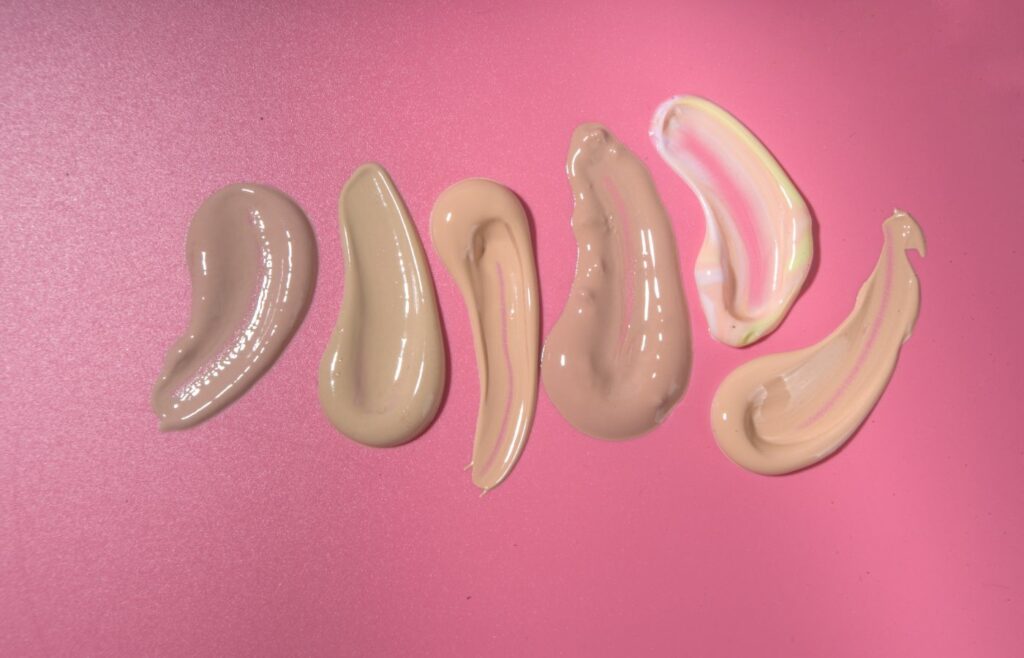
Choosing the right concealer for your skin tone, type, and concerns is the key to a good concealer makeup tutorial. If you use the wrong concealer, you might end up looking cakey or unnatural, or you might not get the coverage you need. When picking a concealer, it’s important to think about things like color, formula, and coverage to avoid these problems.
When it comes to color, you should choose a concealer shade that comes as close as possible to your skin tone. Choose a concealer with a green or yellow undertone to get rid of redness and cover up blemishes. Choose a concealer with a peach or orange undertone to counteract the blue or purple tones of dark circles.
The formula of the concealer is also a very important part of getting a perfect finish. Since liquid concealers are light and can be built up, they are good for most skin types. Cream and stick concealers offer more coverage and are great for dry or older skin because they can help moisturize and give a smooth finish. On the other hand, powder concealers work best for oily skin because they can help absorb excess oil and stop shine.
Watch the concealer makeup tutorial to learn more about coverage and blending.
Lastly, think about how much coverage you need. If you have few flaws and want a natural look, a concealer with light to medium coverage will do. For bigger spots or dark circles, you may need a full-coverage concealer to get the results you want.
Different Types of Concealers and How They Are Used
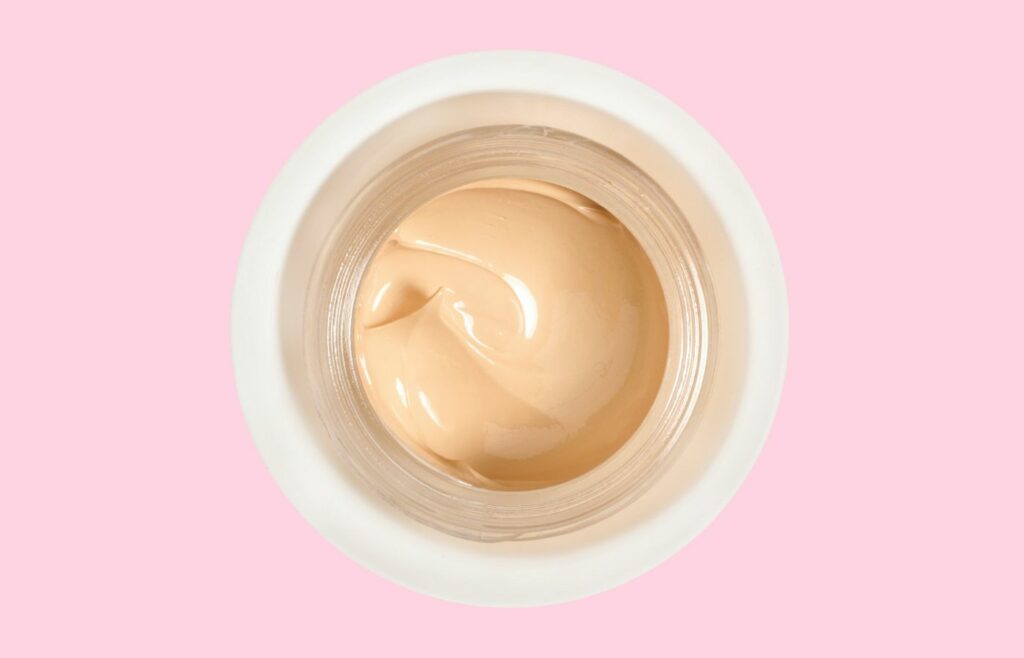
Now that you know how important it is to choose the right concealer, let’s look at the different kinds and how to use them. If you take the time to learn about your options, you can pick the perfect concealer for your face.
Liquid Concealer
Liquid concealers, as was previously mentioned, are not heavy and can be layered to achieve different levels of coverage. They work well on most people and can hide everything from dark circles to redness to blemishes. Depending on your skin tone and the overall effect you’re going for, pick a liquid concealer with a matte, satin, or dewy finish.
Cream Concealer
Concealers in cream form are more substantial than their liquid counterparts and can more effectively hide imperfections. They can help hydrate and leave a smooth finish, making them ideal for dry or mature skin. Cream concealers are great for hiding more noticeable flaws, dark circles, and discolorations while maintaining a natural appearance.
Stick Concealer
Concealer sticks are similar in coverage and consistency to concealer creams, but they come in a portable and easy-to-use stick form. They can be applied precisely and quickly, making them ideal for touch-ups on the go. Stick concealers are good for covering blemishes, dark circles, and other flaws. However, they may not be the best choice for people with oily skin because they can feel heavy and make the skin shine.
Powder Concealer
Powder concealers are great for people with oily skin because they can soak up extra oil and stop shine. They give light to medium coverage and can be used to set liquid or cream concealers for a long-lasting finish. You can also use powder concealers on their own for a natural, light coverage.
Color-Correcting Concealer
Color-correcting concealers are made to even out skin problems like redness, dark circles under the eyes, or hyperpigmentation. Green concealers cover up redness, peach or orange concealers cover up blue or purple tones (like dark circles), and yellow concealers can help brighten dull skin or even out skin tone.
READ ALSO: How To Conceal And Treat Melasma And Dark Circles
Tips for Perfect Concealer Application
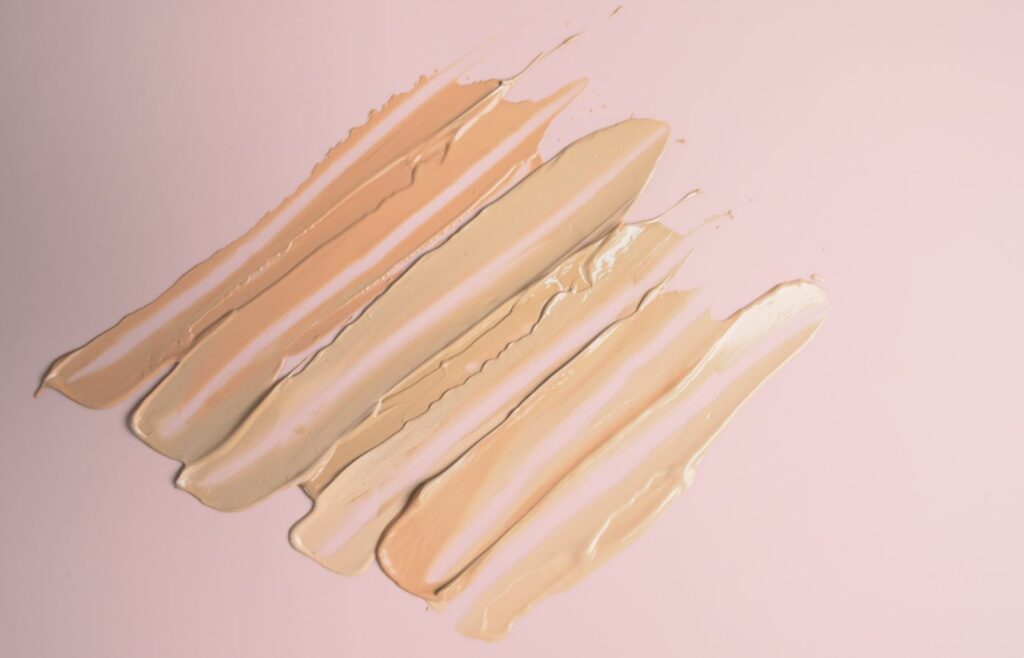
It takes practice and the right tools to master the art of concealer application. Here’s how to get the coverage you need while maintaining a natural appearance with concealer:
- Prep your skin: Make sure your skin is fresh and hydrated before applying concealer. This will help to smooth out your skin before you apply makeup and keep your concealer from clumping into any fine lines or dry areas.
- Apply foundation first: Foundation should be used before concealer if you intend to use either. This will help you achieve a smooth surface and reduce the amount of concealer you need to use.
- Use a small amount: If more coverage is desired, more concealer can be added. If you put on too much product, it will look cakey and artificial.
- Apply in a triangle shape: Apply concealer under your eyes in the shape of a triangle, with the base along your lash line and the point up toward your cheekbone to hide dark circles. As a result, your under-eye area will look more awake and rejuvenated.
- Blend, blend, blend: Once you’ve applied your concealer, use a makeup sponge, brush, or your fingertips to blend the product into your skin. If you want a natural look, blend the concealer’s edges into your foundation or skin.
READ ALSO: The Best Concealer For Women Over 50
How to Maintain Your Concealer Makeup Throughout the Day
Follow these tips for keeping your look intact to make sure your concealer makeup lasts all day:
- Set with powder: As I said earlier, it’s important to set your concealer with a translucent powder to keep it from creasing and fading. Make sure to pat the powder on your skin instead of sweeping it to keep the concealer from getting messed up.
- Blot oil: If you have oily skin, use blotting papers or a tissue to soak up oil throughout the day. This will help keep your concealer looking fresh and stop it from breaking down.
- Carry a small makeup sponge: Keep a small makeup sponge in your purse so you can touch up your makeup on the go. If your concealer starts to crease or fade, gently pat and blend it back into place with the sponge.
- Don’t touch your face. Resist the urge to touch your face throughout the day, as this can make your concealer wear off faster.
Closing Thoughts
This concealer makeup tutorial has given you all the information you need to become an expert.
You can achieve a flawless, natural-looking complexion by understanding the importance of choosing the right concealer, familiarizing yourself with the different types and their uses, and following the tips and tricks provided.
So, try out what you’ve learned about concealer and enjoy the confidence that comes with a perfectly covered and glowing face!





